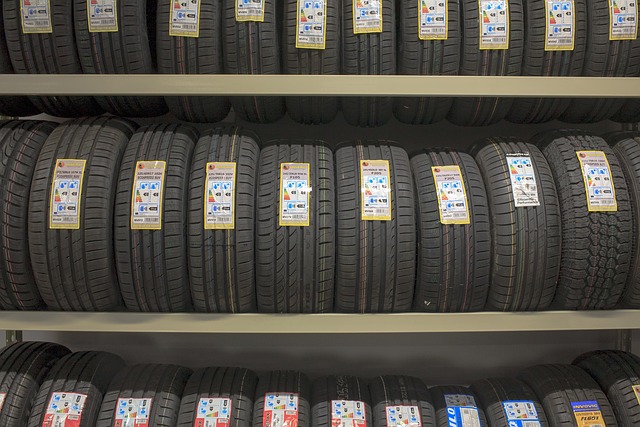Choosing the right tires for your vehicle is crucial for safety and performance. But with so many options—summer, winter, all-season, and all-weather—it can be confusing to know which ones are best for your driving conditions. Let’s break down the key differences and the safe tread depths for each type.
Summer Tires
What They’re Best For
Summer tires are designed for warm weather and deliver excellent grip, handling, and braking performance on both dry and wet roads. They use a softer rubber compound that maximizes traction in temperatures above 7°C.
Key Features
✅ Superior grip on dry and wet roads
✅ Excellent cornering and braking performance
✅ Stiffer construction for better road feel
Limitations
❌ Poor performance in cold temperatures
❌ Unsafe in snow and ice
Safe Tread Depth for Summer Driving
- Minimum safe depth: 2.4 mm
- Recommended replacement depth for optimal grip: 3.2 mm
Winter Tires
What They’re Best For
Winter tires are designed for snow, slush, and icy roads. They remain flexible in cold temperatures and provide superior traction on winter surfaces.
Key Features
✅ Special rubber compound that stays soft in the cold
✅ Deep tread patterns and siping for better grip on ice and snow
✅ Marked with the 3-Peak Mountain Snowflake (3PMSF) symbol, indicating they meet winter performance standards
Limitations
❌ Poor handling and increased wear in warm temperatures
❌ Less fuel-efficient than summer or all-season tires
Safe Tread Depth for Winter Driving
- Minimum safe depth: 4 mm
- Recommended replacement depth for maximum winter grip: 4.8 mm
All-Season Tires
What They’re Best For
All-season tires are a middle-ground option, providing decent performance in various conditions but not excelling in extreme heat or cold. They’re ideal for drivers in regions with mild winters and warm summers.
Key Features
✅ Good performance in moderate weather conditions
✅ Longer lifespan than summer or winter tires
✅ Quieter and more fuel-efficient than winter tires
Limitations
❌ Not ideal for extreme cold or deep snow
❌ Less grip than summer tires in warm conditions
Safe Tread Depth for All-Season Tires
- Minimum safe depth: 3.2 mm
- Recommended replacement depth for balanced performance: 4 mm
All-Weather Tires
What They’re Best For
All-weather tires combine some of the benefits of both all-season and winter tires. They are designed to handle year-round driving, including light snow and ice, making them a great option for regions with unpredictable weather.
Key Features
✅ Better winter performance than all-season tires
✅ Approved for winter use (3PMSF symbol)
✅ Suitable for moderate summer conditions
Limitations
❌ Not as good as dedicated winter tires in extreme cold
❌ Less responsive than summer tires in high heat
Safe Tread Depth for All-Weather Tires
- Minimum safe depth: 3.2 mm
- Recommended replacement depth for optimal safety: 4 mm
Which Tires Should You Choose?
- If you live in a region with hot summers and no real winter, summer tires are your best bet.
- If you face harsh winters with lots of snow and ice, winter tires are essential for safety.
- If you experience mild winters and moderate summers, all-season tires are a convenient option.
- If you want year-round versatility with winter certification, all-weather tires offer the best of both worlds.
Final Tip: Check Your Tread Depth Regularly!
Tires wear down over time, and once they reach unsafe tread depths, they lose their ability to grip the road. Checking your tread regularly and replacing your tires at the recommended depths can prevent accidents and improve your vehicle’s performance.



